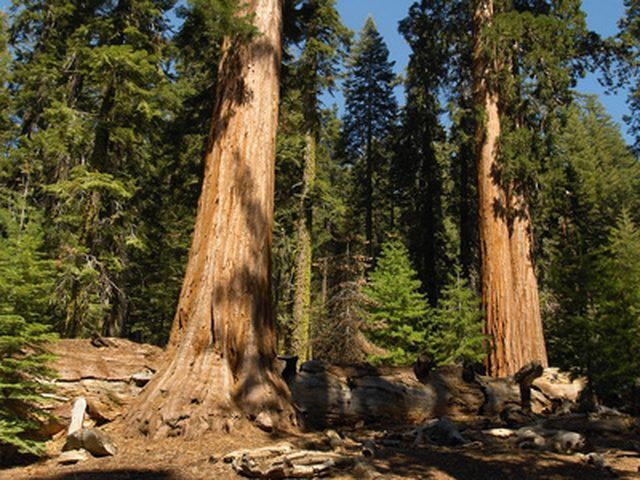Bulbs
Flower Basics
Flower Beds & Specialty Gardens
Flower Garden
Garden Furniture
Garden Gnomes
Garden Seeds
Garden Sheds
Garden Statues
Garden Tools & Supplies
Gardening Basics
Green & Organic
Groundcovers & Vines
Growing Annuals
Growing Basil
Growing Beans
Growing Berries
Growing Blueberries
Growing Cactus
Growing Corn
Growing Cotton
Growing Edibles
Growing Flowers
Growing Garlic
Growing Grapes
Growing Grass
Growing Herbs
Growing Jasmine
Growing Mint
Growing Mushrooms
Orchids
Growing Peanuts
Growing Perennials
Growing Plants
Growing Rosemary
Growing Roses
Growing Strawberries
Growing Sunflowers
Growing Thyme
Growing Tomatoes
Growing Tulips
Growing Vegetables
Herb Basics
Herb Garden
Indoor Growing
Landscaping Basics
Landscaping Patios
Landscaping Plants
Landscaping Shrubs
Landscaping Trees
Landscaping Walks & Pathways
Lawn Basics
Lawn Maintenance
Lawn Mowers
Lawn Ornaments
Lawn Planting
Lawn Tools
Outdoor Growing
Overall Landscape Planning
Pests, Weeds & Problems
Plant Basics
Rock Garden
Rose Garden
Shrubs
Soil
Specialty Gardens
Trees
Vegetable Garden
Yard Maintenance
How to Care for Sequoia Trees
How to Care for Sequoia Trees. The sequoia tree, which is also called a California redwood and a coastal redwood, is actually a member of the cypress family. It is the tallest growing tree in the world and can live to be up to 2,000 years old. Because of their longevity, it is not uncommon for the trunk of a sequoia to grow to a diameter of 7 feet...

The sequoia tree, which is also called a California redwood and a coastal redwood, is actually a member of the cypress family. It is the tallest growing tree in the world and can live to be up to 2,000 years old. Because of their longevity, it is not uncommon for the trunk of a sequoia to grow to a diameter of 7 feet wide. Sequoias are most frequently located in California and parts of Oregon, however they can be grown in other zones as well.
Things You'll Need
Top soil
Sequoia fertilizer, liquid
Pruning shears
Rake
Plant small sequoias no closer than 6 feet to another tree. Sequoias need at least 6 feet of space when full grown. If you have a giant sequoia variety, space them 30 to 60 feet apart.
Avoid disturbing the soil near the sequoias, and avoid excessive walking near the trees. Sequoia trees have very shallow and fragile feeder root systems. Walking on the ground near the sequoia tree can compress the soil and break these roots. Trees with broken roots are highly susceptible to dying.
Apply a 3- to 4-inch-high circle of soil around the base of the tree to create a water dam. The soil can be taken from other areas of the landscape, or a topsoil mix can be used. Fill the water dam completely with water from a garden hose once or twice per week. During times of excessive heat or drought, additional watering may be necessary. Do not let the soil around the base of the sequoia dry out.
Fertilize the sequoia with a liquid-based fertilizer that is specifically designed for sequoias. You will need to order this fertilizer online unless you live near California or other areas native to the sequoia. Pour 2 gallons of pure liquid fertilizer into the basin around the base of the tree every two weeks during the warm months.
Prune dead limbs from the sequoia tree by cutting the limbs off as close to the trunk as possible with sharp pruning shears.
Rake up all leaves, pine straw and other debris within a 3-foot circle around the base of the tree. This will eliminate nesting areas for pests, slugs and insects that can damage the sequoia. Try not to hit the trunk of the tree with the rake as you clean around it.